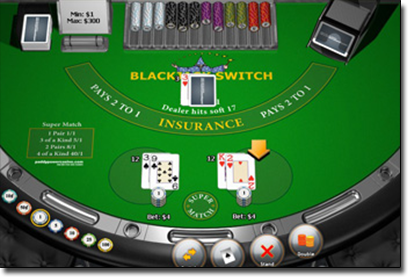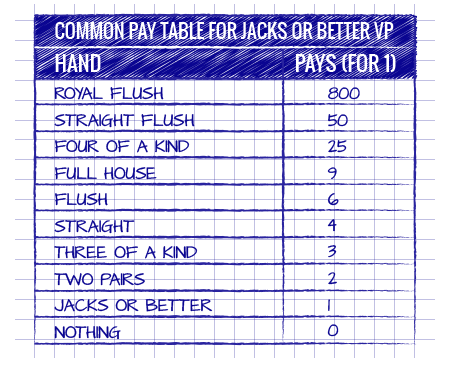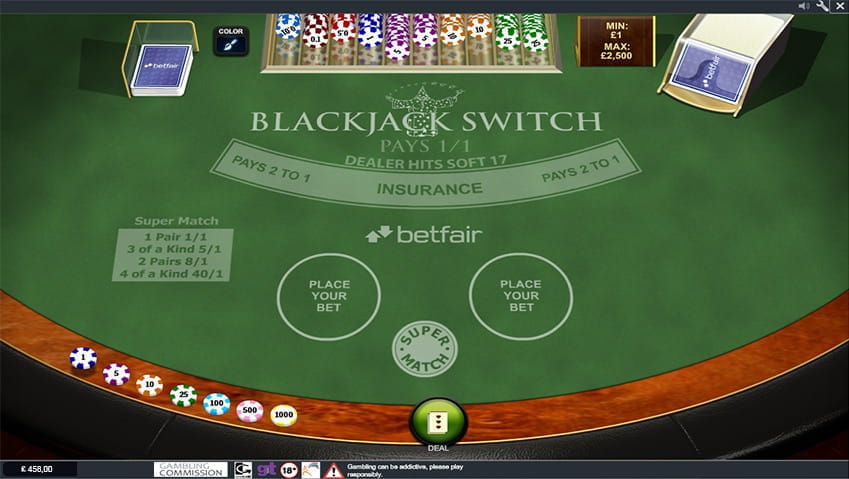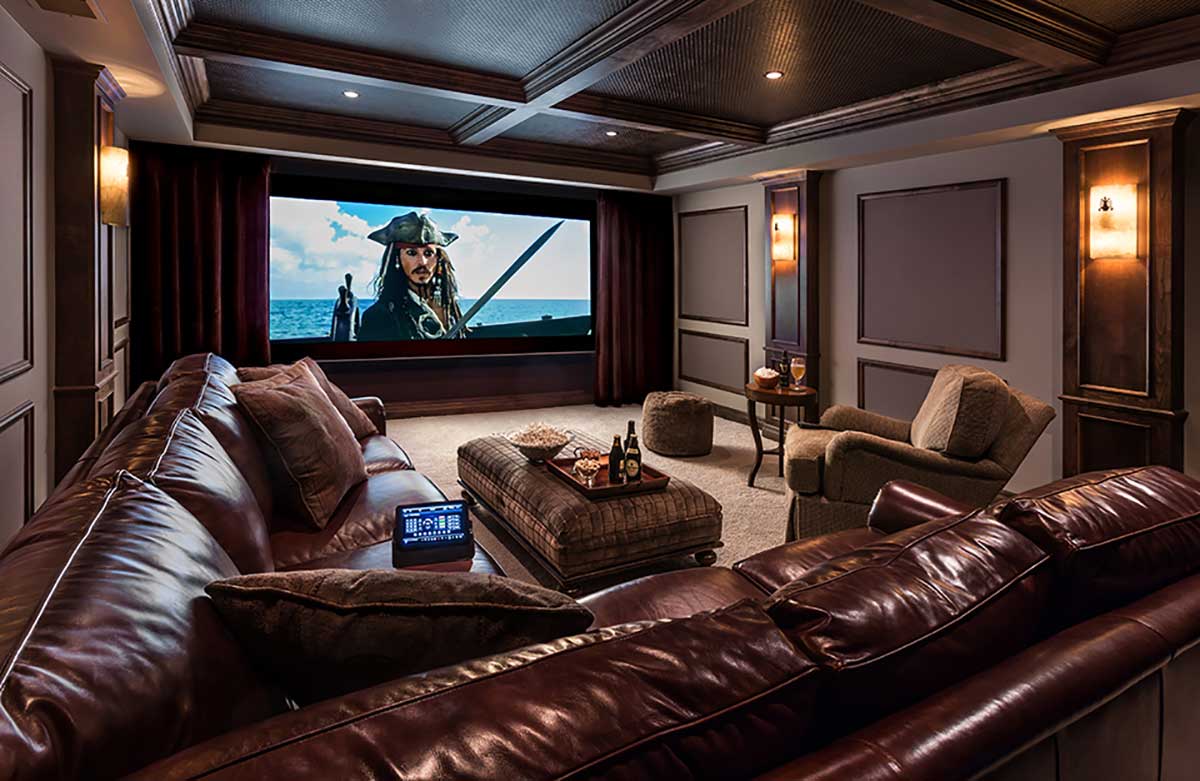Blackjack Switch House Edge
- Blackjack Switch Locations
- Blackjack House Edge Calculator
- Double Deck Blackjack House Edge
- Blackjack Switch online, free
- Blackjack Switch Strategy
- Appendices
- Miscellaneous
- External Links
The Blackjack Switch side bet: The ‘Super Match’ side bet adds another element of fun to the Blackjack Switch game. Holding a house edge of approximately 2.55 per cent, this side wager is one of the better blackjack side bets you can place in terms of risk vs reward. What to play instead: Binion’s and Four Queens deal $5 Double Up Blackjack and Blackjack Switch. Other table games with a lower house edge also have a $5 minimum. You are better off playing a regular 6:5 blackjack table than this game unless you plan on betting $20 or more. Downtown Grand and Oyo $1 blackjack.

- House Edge. The House Edge for Blackjack Switch depends on the rule set and is shown below; DGS – 0.35% GamesOS – 0.55% GameScale – 0.17% GameSys – 0.50% (non-House Edge free version) Playtech – 0.15%. Fairness Calculator. Below you can find a calculator to allow you to check the fairness of your wins/losses when playing Blackjack.
- The house edge in Blackjack can range between 0, 5% to 2% depending how well you play. Let’s take the 2% house edge. For example, with every $100 bet on a blackjack game, you will lose $2. The best part about playing Blackjack is that you can reduce the house edge using a blackjack strategy. You will need to know when to stand or split in.
- Standard Playtech comp points are awarded for Blackjack Switch. You get 1 point for £10 wagered, and 100 points can be redeemed for £1. This translates into £1 for £1000 wagered, or 0.1%, which reduces the already low 0.17% house edge to just 0.07%.
Blackjack Switch Locations
Introduction
Blackjack switch is a blackjack variant which allows the player to do what is normally considered a classic cheating manoeuver, trading cards between two hands. The player must make two bets of equal size and is allowed to switch the second card dealt to each hand. Of course, nothing good comes without a trade-off. In this case a dealer 22 results in a push against all non-busted hands and blackjacks pay even money.
The game goes by the name Blackjack Exchange at the Bregenz Casino in Austria.
Rules
- All rules are based on conventional blackjack unless otherwise noted.
- Six or eight decks are used.
- Dealer usually hits a soft 17. I hear in Ontario, Canada, the dealer stands on soft 17.
- The player must make two bets of equal size.
- Cards will be dealt face up.
- Dealer will peek for blackjack with an ace or ten up. If the dealer has a blackjack all player hands will immediately lose, except a player blackjack will push.
- The player may switch the second card dealt to each hand. For example, if one hand has 5,10 and the other has 10,6, the player may switch the 10 and 6 to have two hands of 11 and 20. The player may also switch cards to form a blackjack.
- If the player switches to a blackjack, it counts as 21 points.
- Player may double on any 2 cards.
- Player may double after a split.
- Player may resplit up to four hands.
- Winning player blackjacks pay even money.
- A dealer total of 22 will push against any player total of 21 or less. A player blackjack will still beat a dealer 22.

Russian Rules: Same as the rules above, except early surrender allowed (sometimes not against an ace), dealer does not take a hole card, and dealer stands on soft 17.
Playing Strategy

The following tables show the basic strategy under the 8-deck Las Vegas rules after the switch decision has been made. The reason for the differences compared to conventional blackjack strategy is the push on 22 rule.
If 6 decks are used the player should double 9 against a 5.
At this time I have not created a strategy for the Russian rules or Ontario rules.
Simple Switching Strategy
The following is the 'Cindy Liu Simple Switching Strategy,' appropriate under the Las Vegas rules. It is based on the following list of hands in order of strength:
- 21
- 20
- 19
- AA
- 11
- 10
- 9
- 18 or 8
- 8,8 with 2-8 up
Following is how to use it.
Against a dealer 7 or 8, balance the hands, by making the weaker hand as high as possible, using the above scale of hands, if you can.
Against any other dealer up card, maximize the strength of the higher hand, using the scale above, if you can.
If you can't achieve one of the desired hands in the list, then make the strongest hand possible from the following list, in order of strength:
- 7 or 17
- any hand that should be split
- any 12
- any 13
Exceptions:
- With A,A + 3,8 — keep the aces together.
- With A,A + 2,9 — keep the aces together if the dealer has 2-6
- With A,A + 2,8 — keep the aces together
The simple strategy, compared to optimal strategy, results in a cost of errors of 0.17%. It results in an error once every 18.6 hands, and an error with an expected value of more than 10% once every 82 hands.
Advanced Switching Strategy
The following is the 'Cindy Liu Advanced Switching Strategy,' appropriate under the Las Vegas rules. To use it, add up the points for each hand for both ways to play them, and play the one with the greater number of points. In the case of a tie, use the the simple strategy.
Let's look at an example. Suppose you have 8+4 and A+8 against a dealer 6, where the underlined card is the second one dealt. So you can play (1) 12 and soft 19, or (2) 8-8 and soft 15. Which pair of hands is better? According to the table, the 12 is worth 0 points and the soft 19 is worth 1, for a total of 1. For the alternative, 8-8 is worth 1 and the soft 15 is worth 1, also for a total of 2. So the odds favor switching to 8-8 and soft 15. Note that the simple strategy would incorrectly advise the player to not switch. My Blackjack Switch appendix 1 shows that the combined expected value of 12 + soft 19 is -0.2108+0.3634=0.1526, and 8-8 + soft 15 is higher at 0.1461+0.0365=0.1824.
The cost of mistakes in the advanced strategy, compared to optimal strategy, is 0.08% only. The player will make an incorrect decision once every 24.5 hands, and a mistake with an expected value over 10% once every 250 hands.
I also have a printer friendly version (PDF) of both switching strategies, as well as the basic strategy.
Arnold Snyder Switching Strategy
The Big Book of Blackjack by Arnold Synder contains an easy and intuitive switching strategy. Out of respect for copyright, I won't say more than that about how it works. According to Cindy Liu, the Sndyer strategy results in a cost of errors of about 0.2% compared to optimal strategy. Besides that, I highly recommend the book for breaking new ground in blackjack, which is not easy to do any more.
Switching Calculator
My Blackjack Switch calculator, courtesy of Jing Ding, will advise when to switch in any situation. The calculator is based on the Playtech rules and an infinite deck assumption.
House Edge
Under the standard Las Vegas rules, with six decks, the dealer hits a soft 17, and a switched blackjack counts as 21 points, the house edge is 0.58%, assuming optimal strategy. Follow are the effects on the house edge of some rule variations:
- Eight decks: +0.02%
- Switched blackjack automatically wins: -0.40%
- Blackjack automatic winner: -0.21%
- Dealer stands on soft 17: -0.30%

The house edge under the Russian rules is 0.20%, assuming early surrender against an ace is allowed.
Side Bet
There is also a Super Match side bet based on the player's initial four cards. The following table shows the paytable, probability, and return of each hand:
Super Match Side Bet

| Hand | Combinations | Probability | Pays | Return |
|---|---|---|---|---|
| Pair | 136401408 | 0.352205 | 1 | 0.352205 |
| 3 of a kind | 7577856 | 0.019567 | 5 | 0.097835 |
| 2 pair | 5941728 | 0.015342 | 8 | 0.122738 |
| 4 of a kind | 138138 | 0.000357 | 40 | 0.014268 |
| Nothing | 237219840 | 0.612530 | -1 | -0.612530 |
| Total | 387278970 | 1 | -0.025485 |
The lower right cell shows a house edge on the side bet of 2.55%.
C4
The Casino Bregenz in Austria offers Blackjack Switch under the name Blackjack Exchange. They add a side bet called the C4, which is based on the poker value of the player's initial four cards. The table below shows a house edge of 14.32%, based on six decks.
C4 — Six Decks
| Event | Pays | Combinations | Probability | Return |
|---|---|---|---|---|
| Four of a kind | 500 | 138,138 | 0.000337 | 0.168425 |
| Straight | 20 | 3,649,536 | 0.008899 | 0.177988 |
| Flush | 12 | 5,647,896 | 0.013772 | 0.165269 |
| Two pair | 10 | 5,871,528 | 0.014318 | 0.143177 |
| Three of a kind | 8 | 7,502,976 | 0.018296 | 0.146368 |
| All other | -1 | 387,278,420 | 0.944378 | -0.944378 |
| Total | 410,088,494 | 1.000000 | -0.143152 |
With four decks, the house edge of the C4 is 18.02%. With eight decks it is 12.40%.
Blackjack House Edge Calculator
Other Switch Pages
- Printer friendly basic and switching strategies (PDF).
- Appendix 1: Expected value table for each initial hand, for purposes of making accurate switching decisions.
Double Deck Blackjack House Edge
Acknowledgements
My thanks to Cindy Liu for both her simple and advanced switching strategies, Jing Ding for his switching calculator, and to Gabor for his mathematical contributions.
External Links
Blackjack Switch online, free
- German translation of this article.
- Interview with the inventor of Blackjack Switch Geoff Hall